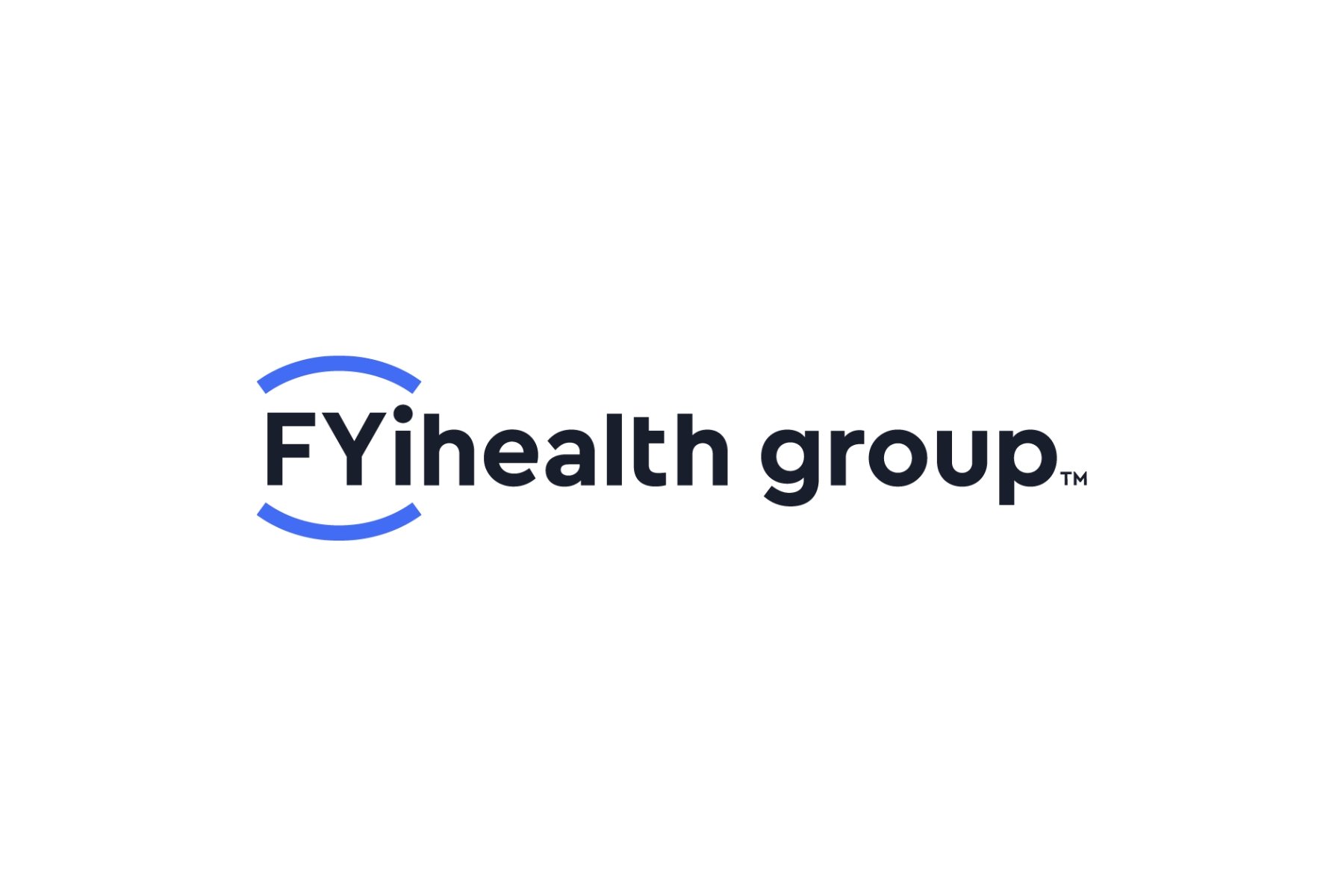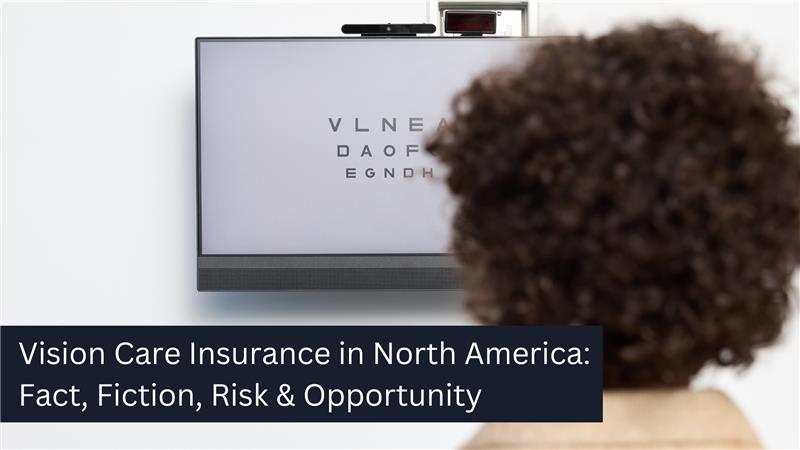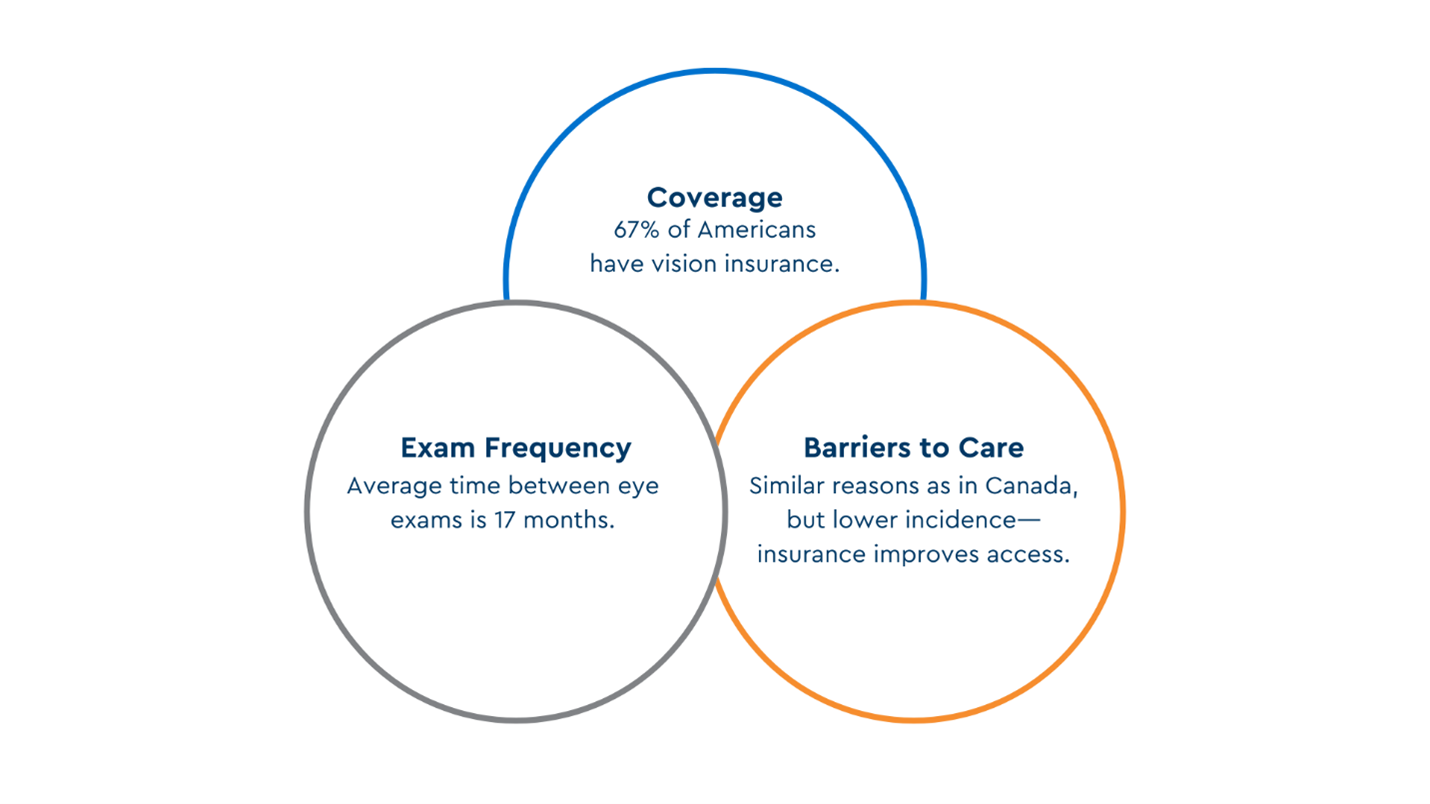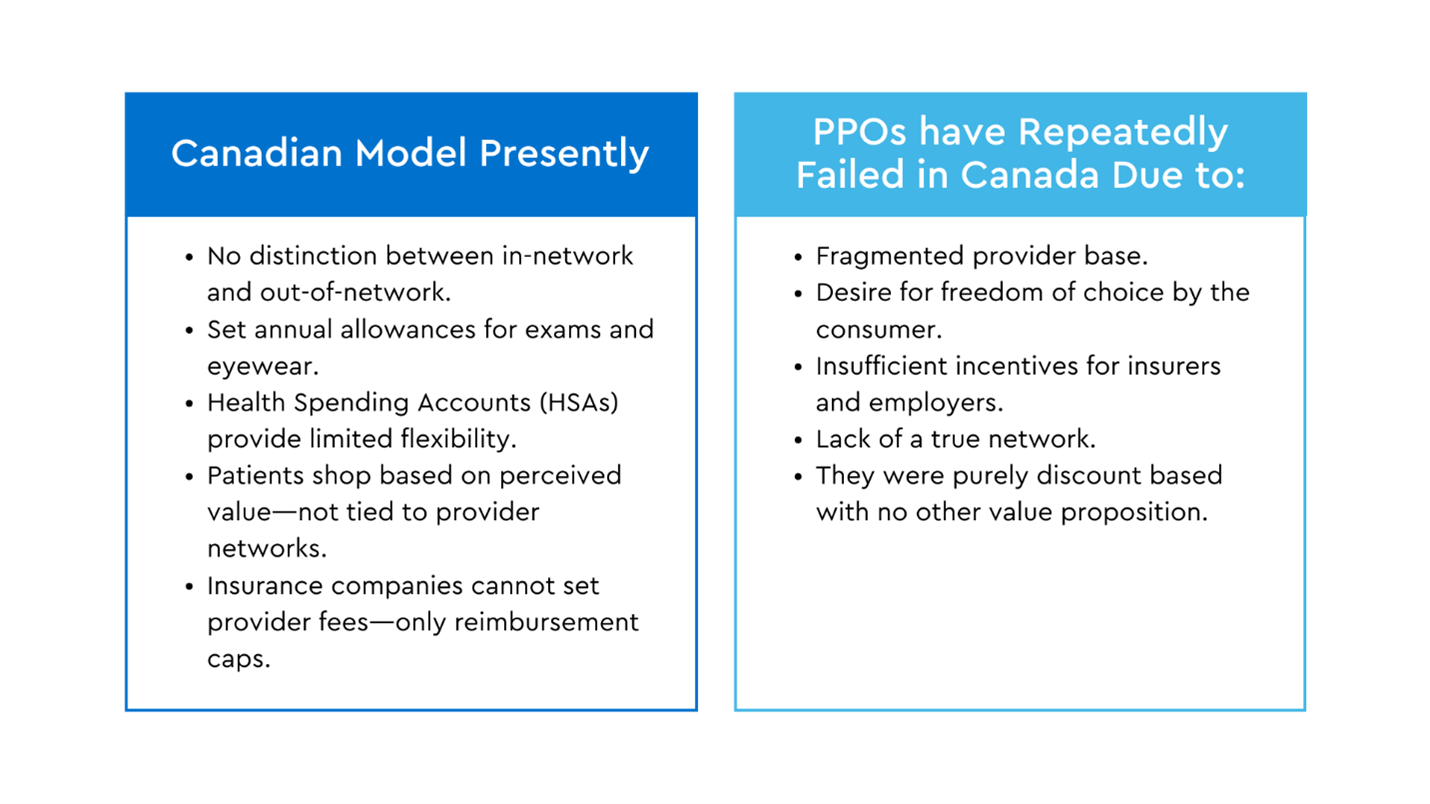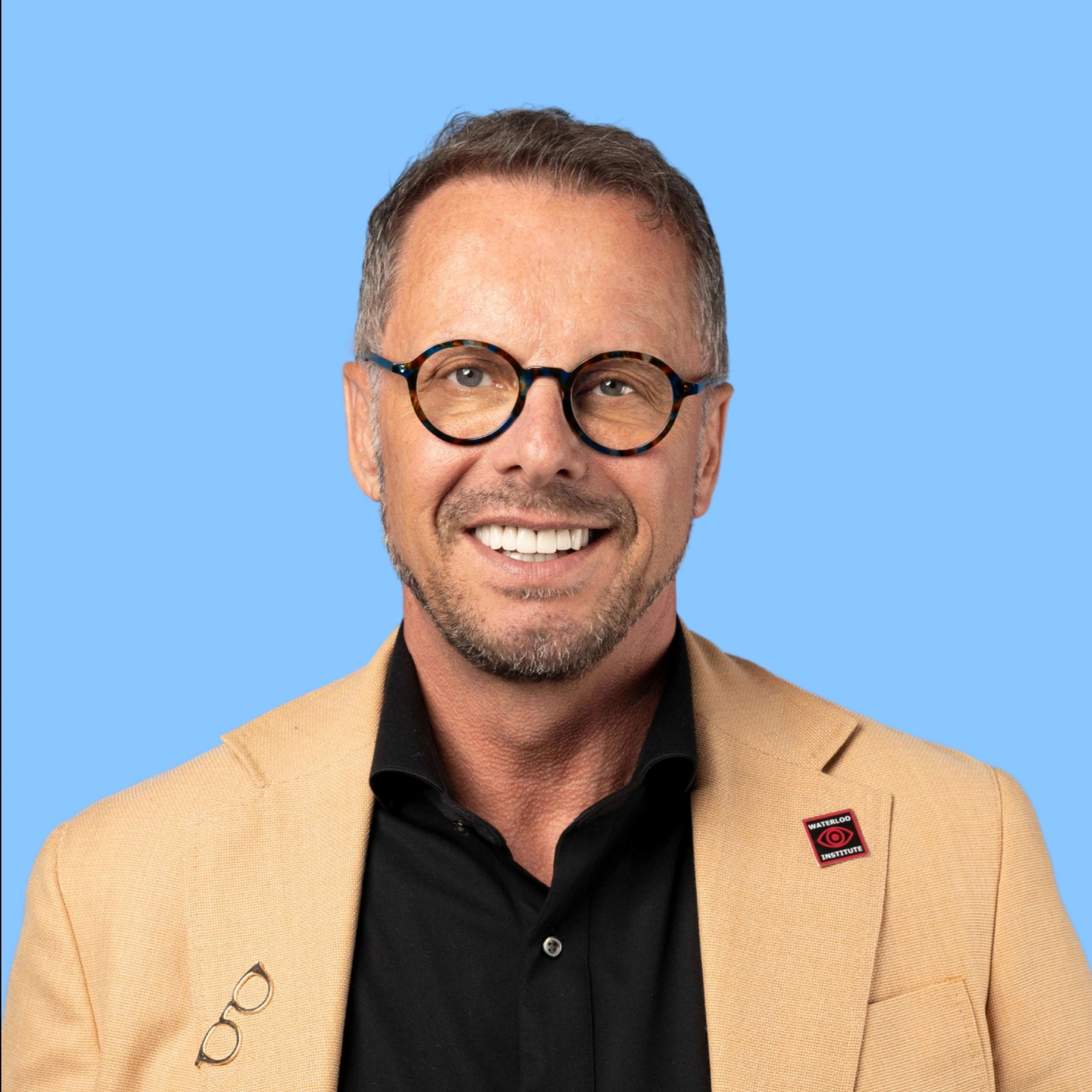
Two Roads to Rural Practice
When Dr. Mindy Blumberg began her career, she imagined serving remote Indigenous communities through mobile eye clinics. But when the pandemic halted travel, she reconsidered. In 2020, she opened Sea To Sky Optometry in Pemberton, a mountain town in British Columbia that had never had an optometrist. A second clinic in Lillooet followed.
“For me, practicing in a rural setting means offering essential eye care where it was previously unavailable,” she said. “And I love the absence of traffic, the mountains—how life feels here.”
Dr. Darren Wagner arrived at rural optometry from a different path. Raised in northern Alberta, he always saw small-town life as a foundation, not a frontier. Today, he co-runs For Sight Vision Centre in Brooks, a city of about 15,000, southeast of Calgary.
“I knew rural life wasn’t limiting,” he said. “It actually opens doors—to real community connection, recreation, and wealth creation.”
Their motivations differed, but their experiences converged: both found that practicing far from urban centers brought deeper relationships, broader clinical responsibilities, and a more grounded sense of purpose.
Knowing the Patient Beyond the Chart
 That broader scope is part of what defines rural optometry. Instead of hyper-specialized care, rural optometrists take on a wide spectrum of clinical responsibilities: macular disease, urgent injuries, chronic complications, and everything in between. It’s a challenge—but also an education.
That broader scope is part of what defines rural optometry. Instead of hyper-specialized care, rural optometrists take on a wide spectrum of clinical responsibilities: macular disease, urgent injuries, chronic complications, and everything in between. It’s a challenge—but also an education.
“In rural practice, you’ll manage complex cases, fit custom lenses, and even explore vision therapy,” says Dr. Blumberg. “Because sending a patient five hours away for these services isn’t always feasible. The experience you gain in a rural setting is invaluable for professional growth.”
That range of care often deepens relationships, too. For Dr. Wagner, understanding his patients’ needs isn’t just clinical—it’s personal. “My understanding of specific visual needs comes from the fact that I already know my patients as friends, colleagues, and students,” he says. “That context really matters. Let’s just say it’s raised my empathy.”
Staffing, Scale—and Why They Stay Anyway
With that breadth of responsibility come real-world hurdles. Experienced optometric assistants are hard to come by in smaller towns, and new hires often need to be trained from scratch. “You don’t always find experienced optometric assistants,” Dr. Blumberg noted.
Moreover, equipment costs can be harder to justify with a smaller patient base, and maintaining patient privacy in close-knit communities requires added care. Working without a dense referral network also means handling complex cases solo, which can feel isolating at times.
Still, the rewards outweigh the limitations. Dr. Wagner takes pride in having shaped a space that reflects both his approach and his patients’ needs. “My exam lanes are 21 feet long,” he said, laughing. “I can fit entire families.”
And while he charges slightly less than many urban clinics, that’s offset by lower overhead and long-term loyalty. “People are loyal,” he said. “They come back; they refer others. I’ve been able to invest in state-of-the-art equipment without the pressure of competition.”
No Clinic Is an Island
Although the geography is remote compared to major metropolises, neither doctor runs their practice alone. Both credit the OSI Group for its strategic and operational support.
Running an independent clinic in a small town comes with its share of solitude—but neither doctor works in a vacuum. Both point to OSI Group’s network of independent clinics as a source of connection, strategy, and support.
For Dr. Blumberg, that support has been hands-on. “Being in business can feel isolating,” she said. “But OSI gives us a community. Our practice advisor, Gissou, has visited in person and helped us optimize operations. The online modules are huge for staff.”
“They’ve shown up when it counts,” Dr. Wagner added, pointing to the data tools and benchmarking reports that help him stay competitive. “It’s not just services—it’s strategy.”
To optometry students weighing their career options, OSI Group offers the tools, training, and support to build the kind of independent practice Dr. Blumberg and Dr. Wagner have made their own.
To learn more, visit www.opto.com or contact OSI Group at info@opto.com













